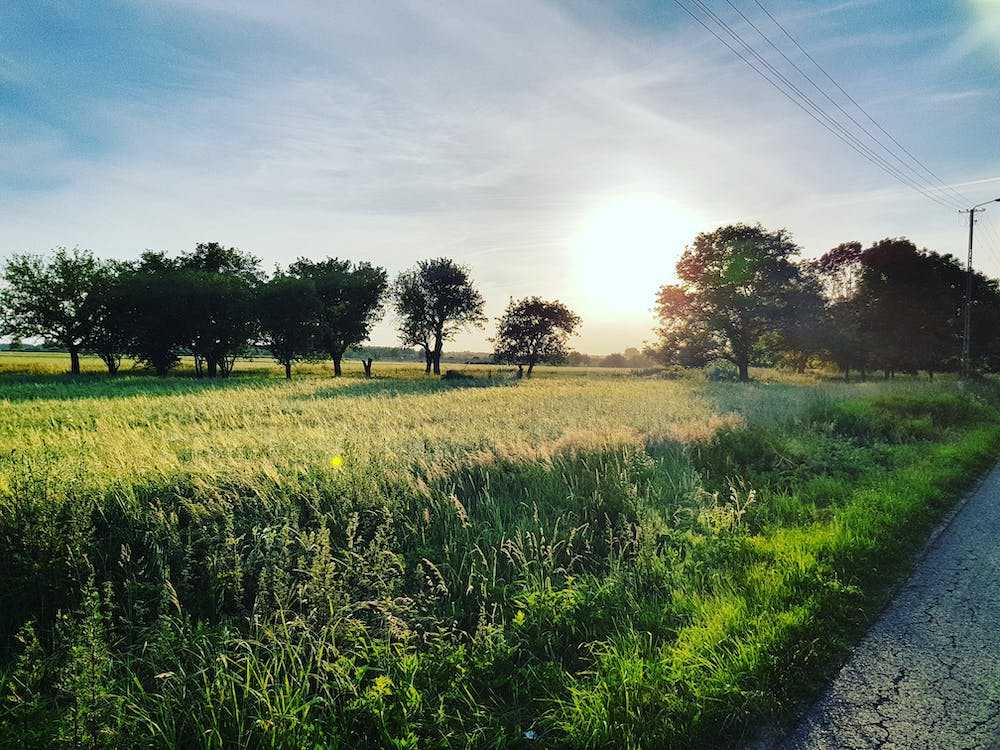Today, the Roztocze region lies within two countries – Poland and Ukraine. For many centuries, this region was a borderland, initially between Poland of the Piasts and Halicko-Wlodzimierska Rus’, then between Lesser Poland and Red Ruthenia within the Crown, and after the partitions of Poland, the borderland of the Austrian and Russian partition crossed here. It is difficult to speak of a national minority that once existed here, as the area was inhabited by 3 religious-ethnic groups in more or less equal proportions. These were Roman Catholics (the so-called Latin Catholics), who were ethnically a group of Poles, Orthodox Christians, identified with the Ruthenians, and adherents of Judaism, i.e. Jews. The villages were mainly populated by Poles and Ruthenians, in varying proportions – some villages had more Poles, others more Ruthenians. Usually villages had both a church and an orthodox church, but if one group was the vast majority, then the religious centre was one. In towns, on the other hand, Jews were the majority, or the second largest group in terms of population. Of course, individual families from this group also lived in villages. Times of war and resettlement have completely changed the ethnic make-up of our area. Today, the main group living in the area are Poles (who often have Ruthenian ancestors), while Ukrainians are in a distinct minority. The Jewish population does not currently live in the area.
Like any border area, it is a specific region where cultural intermingling, centuries-old and multicultural influences have led to natural changes that we can still read and find in both spiritual and material culture – language, clothing, buildings, festive and family traditions. In the town of Tomaszów Lubelski itself, we can find remnants of three cultures: an old larch church, an Orthodox church and a Jewish cemetery (once also a synagogue, which was demolished in September 1939 by the Germans). Significant signs of cultural intermingling can be found in intangible culture: songs, descriptions of rituals, festive clothing or music. Typical examples include Ruthenian songs given by Polish singers to ethnographers, the custom of lamentation, typical of the Ruthenian population and adopted by the Poles, the use of cross-stitch embroidery in Polish costumes, typical of the Ruthenian population, or the wearing of blown glass beads by women from various ethnic groups, as well as the playing of “Jewish” polkas by Polish bands. These are only the most typical examples, which could be multiplied. For centuries, these peoples lived side by side, mutually respecting and helping each other. In the case of Poles and Ruthenians, mixed marriages often took place, which can be confirmed by various ethnographic studies. Although the Jewish population did not usually “mix” in the matrimonial sense with Ruthenians or Poles, social coexistence was nevertheless consensual. Often, for example, ‘Christian’ neighbours would visit the Jews during the Sabbath to light a fire or perform other activities that the Jews did not do at that time. Unfortunately, times of war and displacement caused mutual harm, often by ‘outsiders’, which disrupted mutual trust and destroyed the possibility of dialogue for many years.

